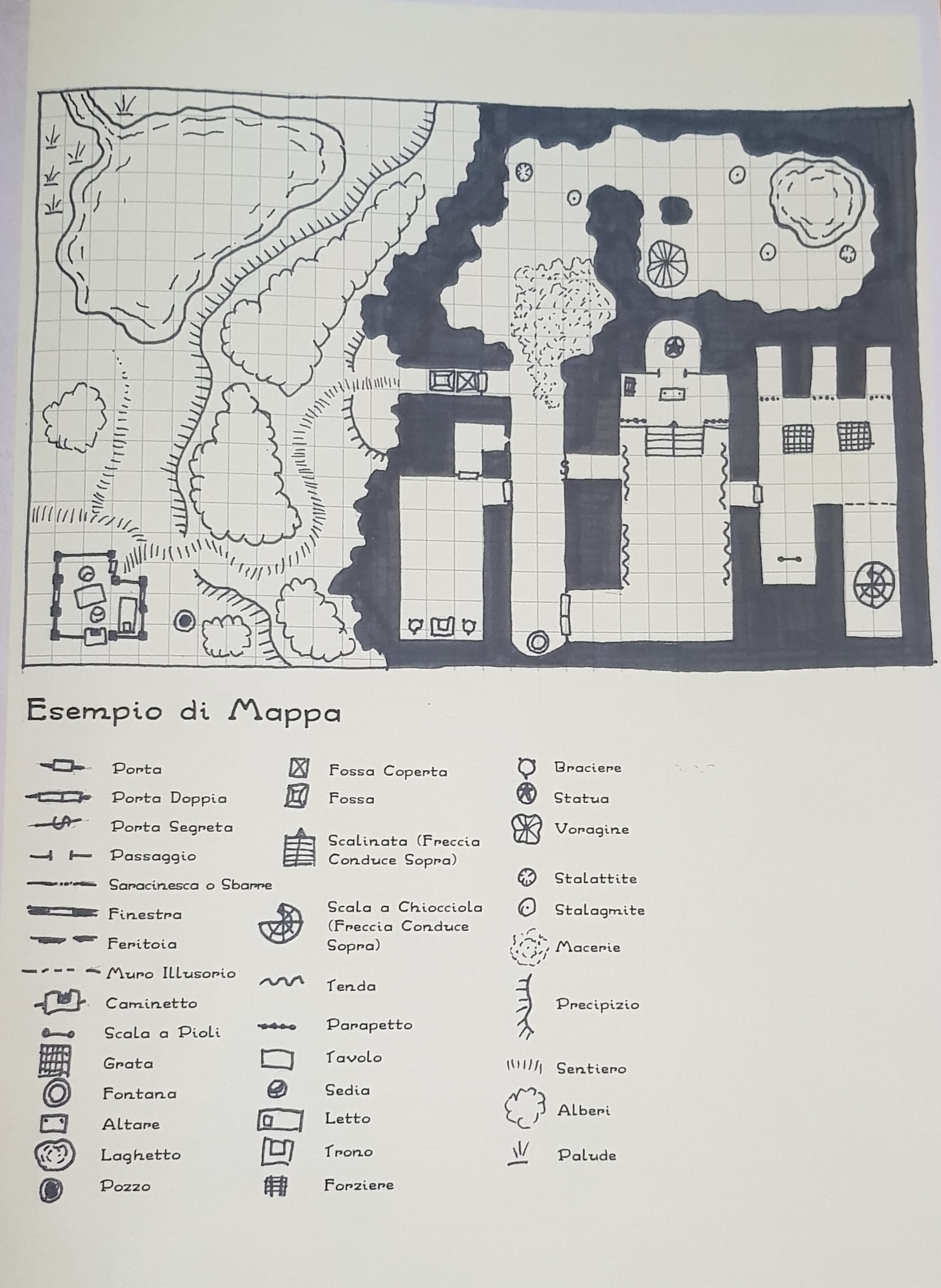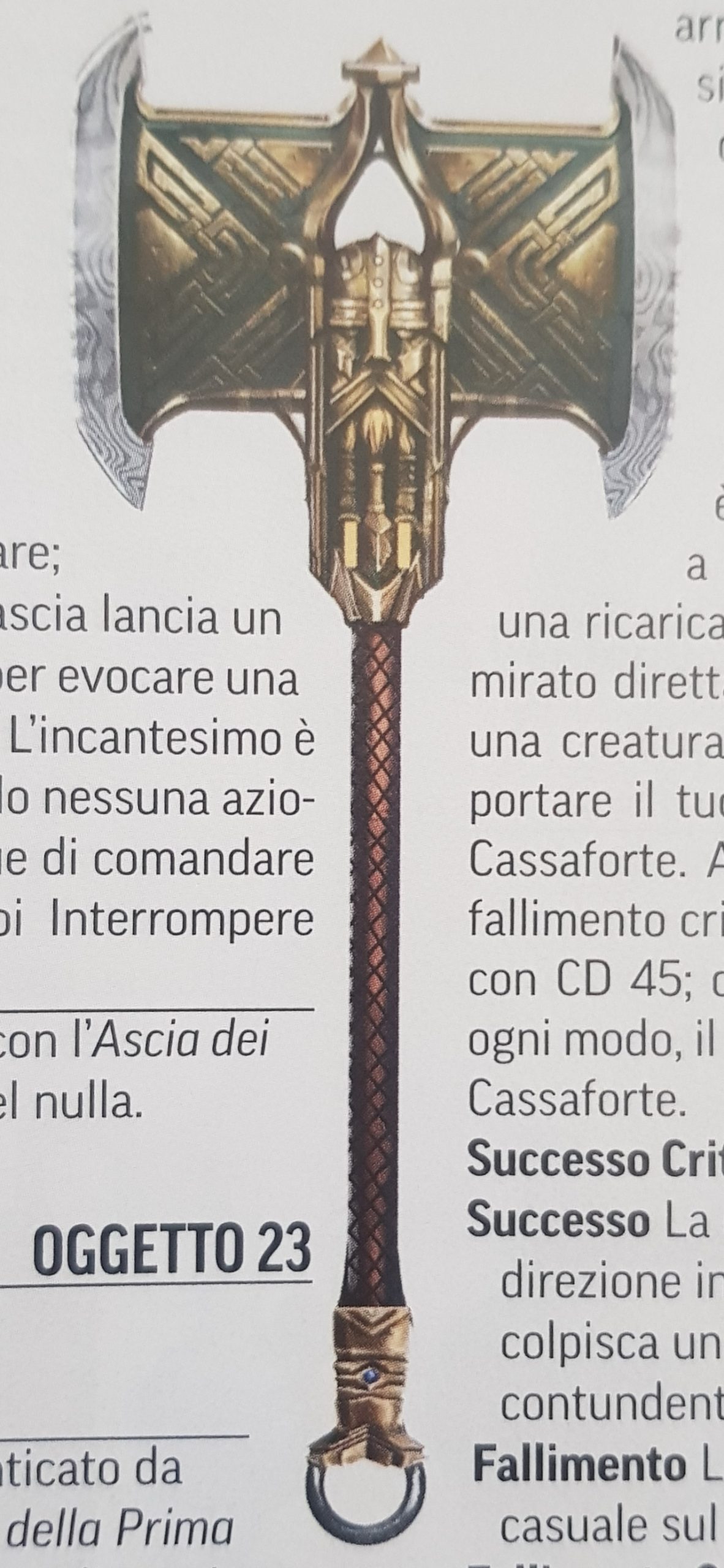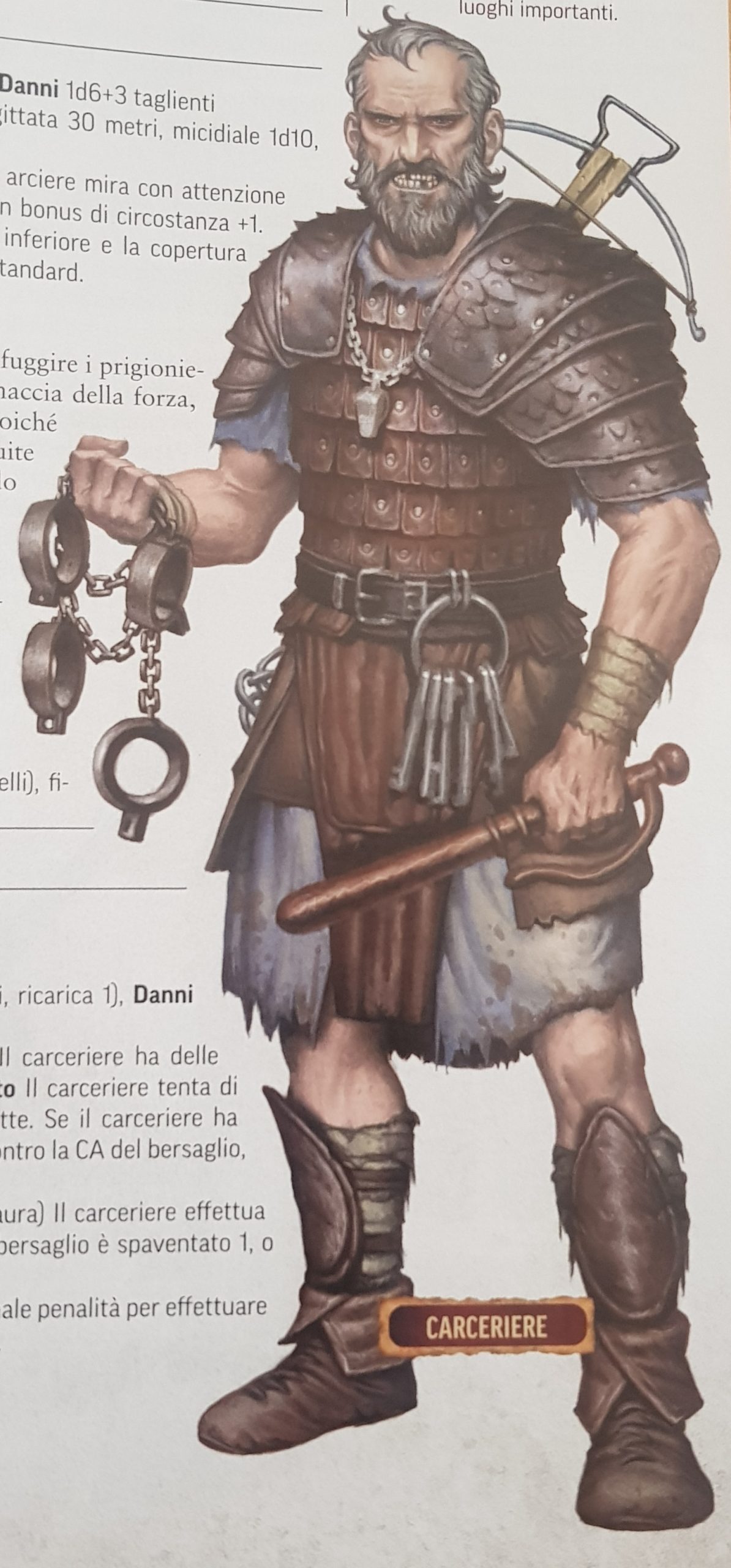First of all, I would like to thank Giochi Uniti for translating the PF2 Gamemastery Guide (originally created by Paizo) into Italian and for sending us a copy so we could write this review. In case you are interested, this manual is available at the official store for $49.99 (physical copy) or for $14.99 (digital copy).
This work includes a wealth of advice, insights, and options useful for the narrator to manage sessions of Pathfinder Second Edition. For this reason it is obviously also necessary to have the core rulebook of PF2 (of which you can also read my review) in order to take advantage of the Gamemastery Guide.


Insights into the Core Rulebook
Some sections of the PF2 Gamemastery Guide don’t add anything different to the contents of the core rulebook, but they deepen and expand various aspects. Don’t get me wrong; this isn’t bad; these parts are embellished with additional details that are actually very useful both for novice storytellers and for those already more experienced.
The first chapter deals with Gamemastery Basics, putting the spotlight on some issues useful for any RPG; session zero, how to manage the rules, when to improvise, how to manage failures, how to solve problems and how to make a shared narrative balanced. Moreover there are some sections dedicated to the organization of an adventure (or campaign). There are many procedures for balancing and managing encounters, for exploration, and for ‘downtime’. Finally, there are a couple pages that give some suggestions on how to create maps – after all, who doesn’t like well-made maps?





The second chapter of the manual focuses more on the mechanics and on various Tools you can use to give a particular flavor to your sessions. Personally, I love this part of the PF2 Gamemastery Guide because, once mastered, it allows you to create and manage all those elements of the world that make you uncomfortable when improvised. Creatures, items, traps, afflictions, settlements, countries, worlds, planes … each game element has level-dependent statistics that allow for simple and immediate management.
The fifth chapter is literally an NPC Gallery, divided into categories (Criminals, Entertainers, Explorers, Officers …). Each of these categories has NPCs of various levels – such a great way to always have the stats of the character that the PCs unfortunately decide to attack!






Review of the New Content in the PF2 Gamemastery Guide
Now let’s move on to the sections of the manual that most intrigued me: the absolute novelties. As I expressed in my review of the core rulebook, I love the PF2 game system, but I admit that some of these possibilities in the Gamemastery Guide make me want to try some “alternate” sorts of campaigns.
The third chapter contains various Subsystems, sets of rules applicable in specific circumstances. Victory Points, for example, allow you to keep track of the progress of the characters towards a certain goal. Reputation clearly indicates how they are viewed by various factions. Leadership allows them to have followers, while Infiltration allows them to manage the insertion into companies and factions of various types. There are also other options to manage Duels, Chases, Vehicles and much more. Their best use, in my opinion, is in campaigns that revolve around some of these aspects from the beginning. Nothing prevents them from being included in adventures that have already started, however.




Even more radical changes are made by the Variant Rules found in the fourth chapter. These variants aren’t limited to a single subject or section of the rules, but change the whole management process of some aspects of game play. Introducing those chosen for use to your players before the campaign starts is mandatory. Among these, I was struck by a more detailed and dynamic development of alignments; also a system of deep backgrounds, which make it possible to give value to past events in the characters’ lives and link them together. Among others, options have also been included to play level 0 and to enjoy a free archetype or a double class. Another radical change to the system is given by the management of proficiency without including the level of the character.
Art and Layout



The aesthetics of the Gamemastery Guide (as you can see from the images included in this review) very faithfully reproduce that of the PF2 core rulebook, thankfully – same layout in two columns, same font, same orderly management of spaces. I really appreciate this choice, given the very schematic and immediate nature of the game.
Each big illustration seems alive, very well done, full of vibes. They bring the emotions of the scenes represented to life with a simple glance. Those of “small size” are a great way to view specific items such as weapons, items or traps.
Final Considerations of the PF2 Gamemastery Guide Review
There are many manuals supporting a deep role-playing game like PF2 and, to conclude this review, I want to reflect on the value the Gamemastery Guide holds within it. Some supplements may be completely ancillary; this does not mean that they have no value, but that the game can be played just as well without them. But this is not the case.
The Gamemastery Guide is, in my opinion, a very valuable manual for the storyteller. It clarifies many concepts, expands others and adds new ones. That is not to say that it complicate anything; it only allows you to experience the game through new tools. If PF2 has already proved to be a very versatile RPG and open to everyone’s needs, its horizons are now even wider and, for me, the fun increases even further. Obviously, don’t expect too much content related to the setting but, for that, look to the next manuals!
In conclusion, I strongly recommend this manual to anyone who has already left a piece of their heart in the world of Pathfinder Second Edition!



